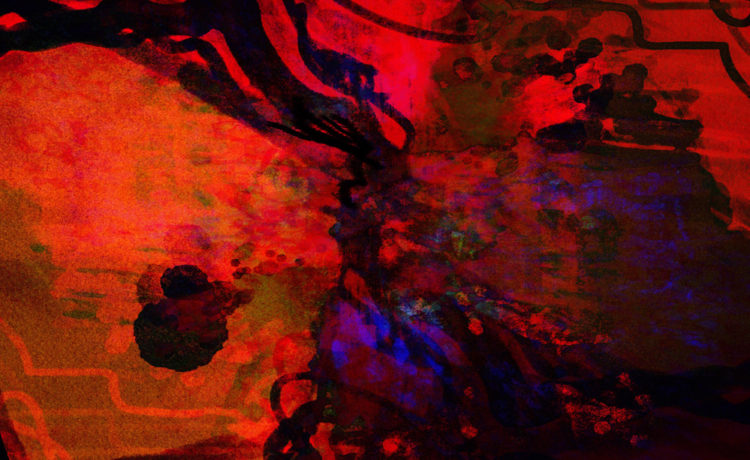
Why Read The Bhagavad Gita Now?
By Linda Cassidy, March, 2018
The story of The Bhagavad Gita is set in a society that’s being torn apart by conflict. There are two distinct sides that hold opposing views, and each one firmly believes they’re right. Contempt, hostility and mutual mistrust are the only threads that bind them.
Sound familiar?
Like many, I watch the news more often these days than I used to, and it highlights how divided our society is. Why, in the middle of all this turmoil, should we pause long enough to turn our attention to an ancient text like The Bhagavad Gita? It’s archaic, esoteric, and not a particularly easy read.
***
Imagine you’ve got a major decision to make about something that’s going to effect you and every member of your family. Somehow, everything you’ve ever learned hasn’t adequately prepared you. With so much on the line, you don’t know what to do.
What’s the most responsible course? The kindest? Whose needs should be prioritized? How do you move forward?
How can you know what’s right?
That’s how The Bhagavad Gita opens. The main character is the warrior-prince Arjuna; an epic hero and the best hope of his people. Just as a decisive civil war is about to begin, he throws down his weapons and refuses to fight. Everything he holds dear is on the line – if his people lose, they’ll be humiliated, persecuted and driven from their land. But in order to win he’s got to kill countless others, including many of his own kin and community. Arjuna doesn’t know what to do. So he simply and dramatically stops. He does nothing, takes a pause, and seeks clarity.
That’s when the teaching of yoga begins.
It’s unlikely many of us will face a decision with such extreme consequences anytime soon. But aren’t we all confronting the same issues daily in less dramatic ways ? Don’t you often feel caught in the tug-of-war between what you hold to be right and what the voices of your sensory and egoic desires whisper in your ears?
In asana for example, do you squeeze yourself into difficult poses, ignoring your pain and discomfort, because your ego wants to “achieve” something? Or do you honor the limitations of your body and move in ways that allow your subtle body to open and your breath to become free?
Do you stay in a job you hate because it pays well and allows you to buy lots of lovely things? Or do you find work that suits you better, scale down and forget about going to the Caribbean this winter?
When you’re convinced your partner or friend is absolutely, pig-headedly wrong, do you go on the offensive and angrily blast him/her with a list of all the things s/he’s ever done that aggravate you? Or do you gentle-up, deflate your anger, listen, negotiate?
The Bhagavad Gita encourages us to look beyond personal narrative and boil all questions down to their ultimate sources:
- What are our responsibilities to one another? How can we fulfill them while doing what’s best for us?
- What does it mean to be alive in a human body?
- What is the difference between the self and the Self?
- What is the nature and source of all life?
- How can we find clarity?
- How do we find peace?
In the course of exploring these questions, the deep teachings that lie at the heart of yoga emerge:
The wise man lets go of all results, whether good or bad, and focuses on the action alone. Yoga is skill in actions.
It is better to do your own duty badly than to perfectly do another’s.
The supreme Self is beginningless, deathless, and unconfined; although it inhabits bodies it neither acts nor is tainted.
The Bhagavad Gita has been called a manual for self-knowledge. And isn’t that the inquiry which compels us towards our yoga practice day after day? We want to know ourselves better so we can learn how to live with greater insight, kindness, and grace. Even in the middle of intense turmoil, we long to be at peace.
So I believe there’s no better time than now to follow Arjuna’s lead and take a pause. Seek clarity, question, read and ponder. Meander through the Gita and see what sings to you from that ancient and powerful source. Perhaps it will help you find a way to move forward with greater love, understanding and skill. At the very worst, you’ll come away knowing more about the culture and ideas that helped build the foundations of our practice.
Happy reading,
Linda
*Note: Linda will be teaching a brief Introduction to The Bhagavad Gita during Module 3 of the Advanced Teacher Training that’s being held in Sag Harbor Mar 16-18 & April 13-15.

